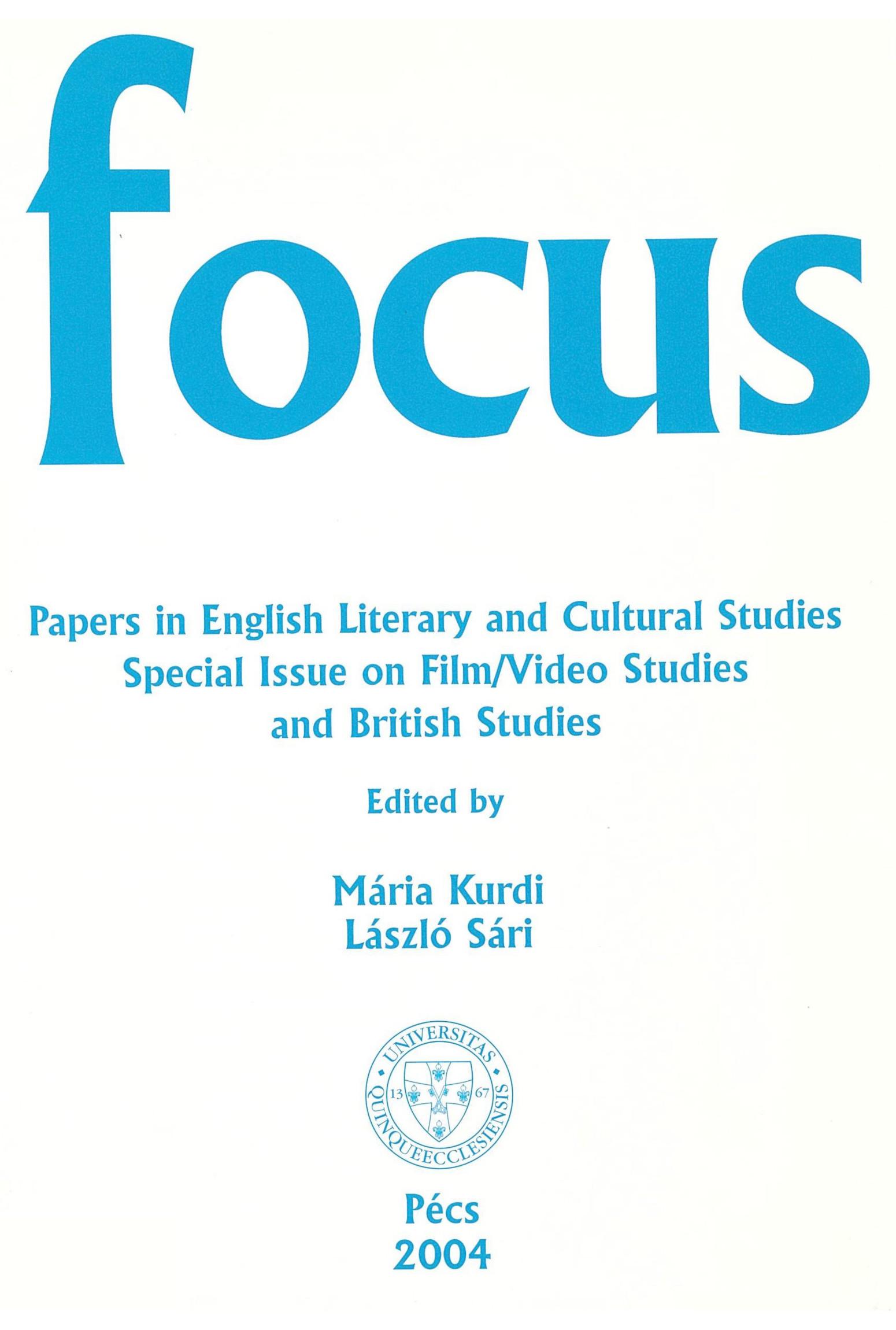Thomas Kilroy’s Double Cross: Mediatized Realities and Sites of Multiple, Projected Selves
Abstract
In Irish theatre various explorations of the concept of the doppelgänger can be found ranging from Brian Friel’s Philadelphia, Here I Come! (1964) to Frank McGuinness’s Observe the Sons o f Ulster Marching Towards the Somme (1985); in the former, Gar O’Donnell is irresolvably split between Public and Private, and in the latter, the division is between Elder and Younger Pyper, different versions of the same character, who embrace at the end of the play, as if a considerable cycle of destructive division has been brought partly to an end and falsifications surrendered temporarily. Their embrace has personal, political and tribal implications. In Marina Carr’s Portia Coughlan (1996), Portia is haunted by her dead twin, Gabriel. The opening stage direction reads: “They mirror one another’s postures and movements in an odd way” (193). Such is their connection, however symbolic, real or spurious one believes it to be, she kills herself, unable to evade his death call. In Double Cross, a play produced by Field Day, Thomas Kilroy reflects on two men, Brendan Bracken—Minister for Information from 1941-45 in the Churchill government during the Second World War and the Nazi broadcaster William Joyce—better known as Lord Haw Haw. Both disaffected Irishmen were played by Stephen Rea (a co-founder of Field Day) in the play’s original production.
Downloads
Published
How to Cite
Issue
Section
License

This work is licensed under a Creative Commons Attribution-NonCommercial-NoDerivatives 4.0 International License.
FOCUS: Papers in English Literary and Cultural Studies follows the principles laid down by Creative Commons, which provides guarantees for the Author’s copyright while also ensuring that intellectual properties are made available for the wider public in a digital form. All papers submitted to the journal apply the following licence conditions (indicated on the journal’s website as well as in individual publications):
“© This work is licensed under a Creative Commons Attribution-NonCommercial-NoDerivatives 4.0 International License.”
You are free to:
- Share, copy and redistribute the material included in the journal in any medium or format under the following terms:
- Attribution — You must give appropriate credit to the Author, and indicate the original place of publication [FOCUS: Papers in English Literary and Cultural Studies, Issue nr., page numbers.].
- NonCommercial — You may not use the material for commercial purposes.
- NoDerivatives — You are not allowed to remix, transform, or build upon the material.
- The above conditions must always be indicated if the journal material is distributed in any form.
- The above conditions must always be met, unless a written permission signed by the Author and the Editor-in-Chief states otherwise.

